
Creamy Mille-Feuille (Napoleon Dessert): the Easiest Recipe for a Creamy and Crunchy Dessert!

Mille-feuille (pronounced "meel-foy.") is a great classic of French pastry making, a traditional and timeless dessert that always satisfies everyone, young and old. Also known as Napoleon, it consists of three layers of fragrant puff pastry, interspersed with two of custard; sprinkled on the surface with plenty of icing sugar it is a crunchy dessert with a delicate flavor, perfect for a tasty end to a meal, but also for special occasions, birthday parties and anniversaries.
Mille-feuille is a dessert that no one will be able to resist, thanks to the contrast of textures between the fragrant pastry and the soft, velvety cream. Easy to make, we advice you to fill it, decorate it and finally serve it within a few minutes, so that you can enjoy it in all its crumbliness and goodness.
Millefeuille's Origins
The millefeuille, which translates to "thousand leaves" in French, refers to the pastry's many layers of puff pastry, each as delicate as a leaf. Its history is steeped in the culinary traditions of France, with roots tracing back to the 17th century, although the exact origin is a topic of some debate. The millefeuille is a testament to the evolution of French pâtisserie, evolving over the centuries into the layered delight known today, typically filled with cream and topped with powdered sugar or icing. While the basic concept has remained the same, variations have emerged, incorporating different fillings like fruit, jams, and various creams, showcasing the pastry's versatility and enduring popularity.
Mille-feuille Vs. Puff Pastry: The Differences
Millefeuille and puff pastry are closely related in the world of baking, yet they serve different roles in the culinary landscape. Puff pastry, or pâte feuilletée, is a light, flaky dough made from alternating layers of dough and butter, meticulously folded and rolled to create hundreds of layers. When baked, the moisture in the butter creates steam, causing the dough to puff up and separate into distinct, airy layers. Millefeuille, on the other hand, is a dessert or pastry made using puff pastry as a base. It layers this cooked puff pastry with cream, usually pastry cream or whipped cream, and often topped with a glaze or powdered sugar. While puff pastry serves as a versatile ingredient in both sweet and savory dishes, millefeuille refers specifically to the assembled dessert, showcasing the puff pastry's flaky texture in harmony with the creaminess of the filling.
Are Mille-feuille and Millefoglie the Same Thing?
Millefeuille and millefoglie are essentially the same pastry, with the difference lying in their linguistic roots—millefeuille is French, and millefoglie is Italian. Both names translate to "thousand leaves" in English, alluding to the many layers of puff pastry that make up the dessert. Despite the variation in name, the concept remains the same: delicate layers of puff pastry alternated with cream, often pastry cream or whipped cream, and sometimes topped with a glaze or powdered sugar. While there might be minor regional variations in the filling or presentation, the fundamental recipe and construction of the dessert do not differ significantly between the French millefeuille and the Italian millefoglie. This dessert exemplifies how closely related French and Italian culinary traditions are, with both countries prizing the intricate layers and rich flavors that characterize this beloved pastry.
Mille-feuille Vs. Vanilla Slice: The Differences
Millefeuille and vanilla slice are similar desserts, but they have distinct characteristics that set them apart, primarily due to their cultural origins and presentation. Millefeuille, a classic French pastry, consists of several layers of puff pastry alternating with pastry cream, often finished with a glaze or powdered sugar on top. It is celebrated for its delicate, flaky layers and refined presentation, making it a staple in French patisserie. The vanilla slice, on the other hand, finds its roots in British and Australian cuisine and is a more straightforward dessert. It typically comprises thick layers of vanilla custard sandwiched between two sheets of puff pastry, usually topped with a simple icing or dusting of powdered sugar. While both desserts share the basic structure of puff pastry and cream, the vanilla slice is generally less elaborate than the millefeuille, favoring a denser custard filling and often a heartier serving size, reflecting a more homestyle approach to pastry.
Tips and Variations
– You can prepare the sheets and the cream in advance, and assemble them just before bringing the dessert to the table.
– For an impeccable result, we recommend using the ready-made pastry, but, if you are particularly skilled in the kitchen, you can make it at home with our recipe.
– You can flavor the custard with lemon zest and enrich it with strawberries or mixed berries, instead of chocolate chips.
– For an even more spectacular effect, you can also alternate a layer of white cream and one of chocolate.
– Use a sharp knife to slice the puff pastry, being careful not to break the strips.
– You can also give the cream a Tiramisu twist: soak crushed ladyfinger biscuits in coffee, and mix with crushed almonds. Add this to the custard and proceed with the recipe.
– You can use whipped cream instead of custard too, if you prefer a simpler version. For a chocolate version, instead, add hazelnut cream to the filling and dust with cocoa powder.
– Let the mille-feuille rest for at least 10 minutes before serving, so that the flavors blend well.
More Mille-Feuille Recipes You Might Enjoy
Savory Eggplants Mille-feuille
How to Store Creamy Mille-Feuille
The creamy mille-feuille can be kept for 1-2 days in the refrigerator, in a special airtight container. Freezing is not recommended. Keep in mind that, by keeping it in the fridge, the pastry will lose some of its crunchiness.
Find out how to prepare creamy mille-feuille by following our step-by-step recipe and advice.
Ingredients
How to Make Creamy Mille-feuille
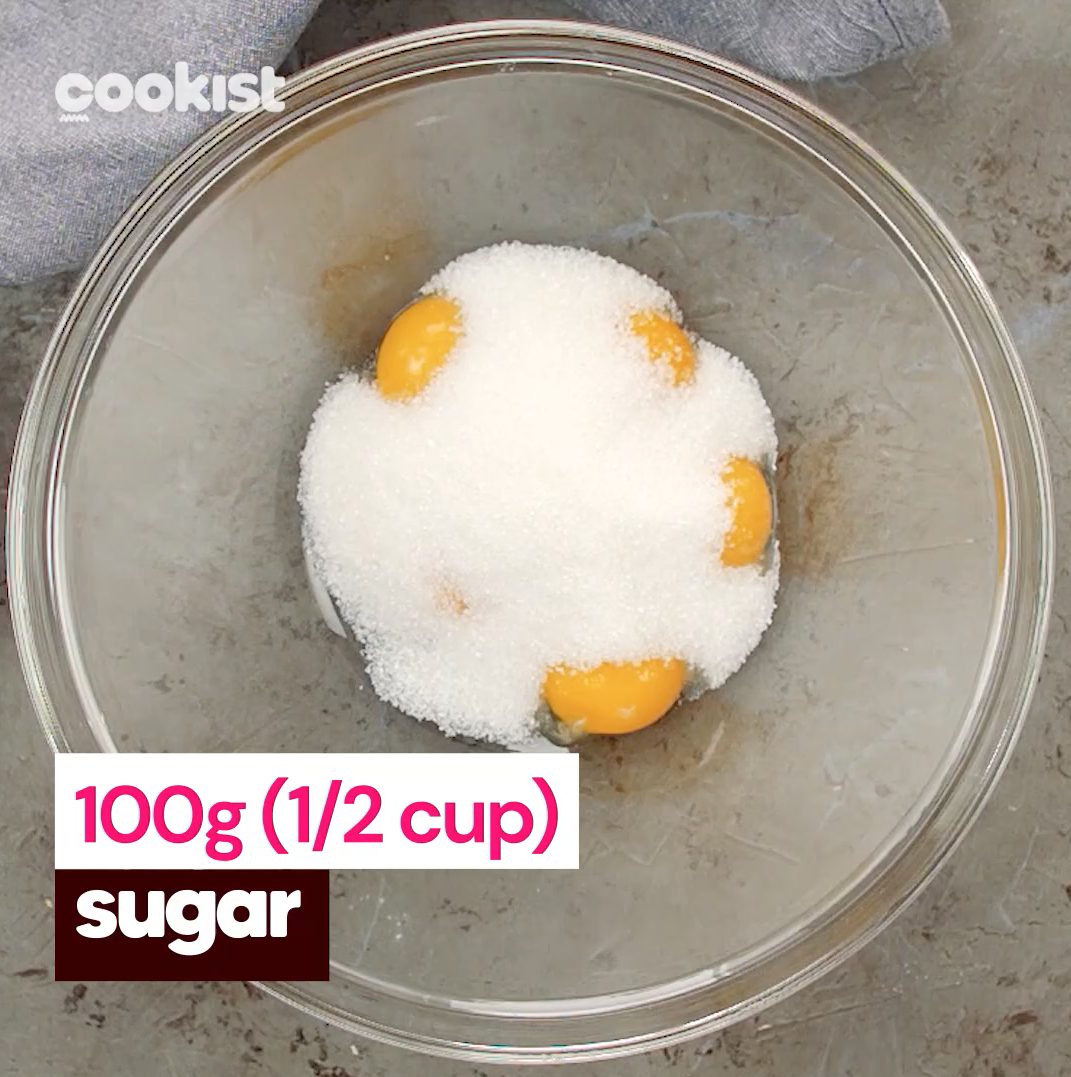;Resize,width=712;)
Inside of a glass bowl, pour the egg yolks and the sugar.
Inside of a glass bowl, pour the egg yolks and the sugar.
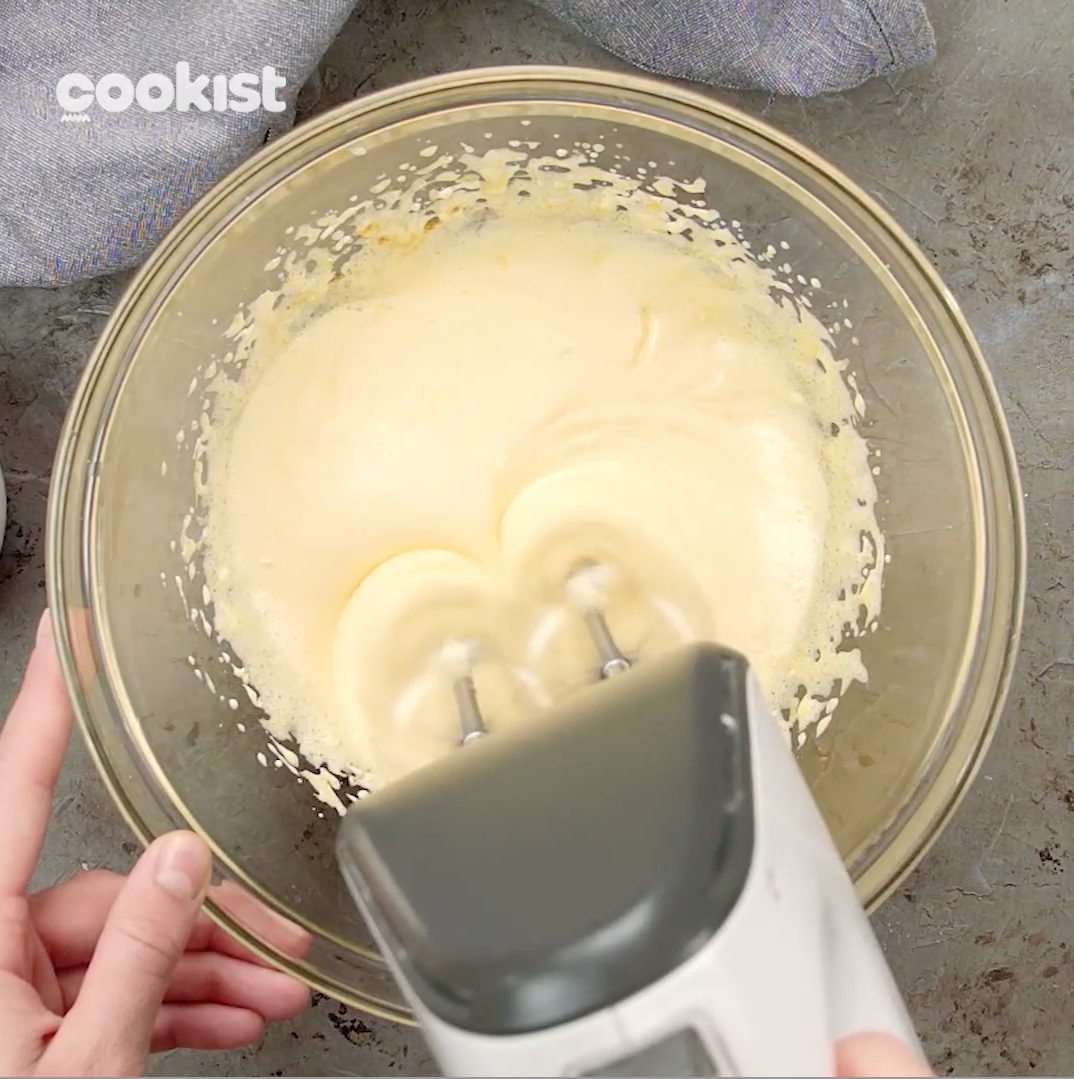;Resize,width=712;)
Whisk them with an electric whisker until they are pale and creamy.
Whisk them with an electric whisker until they are pale and creamy.
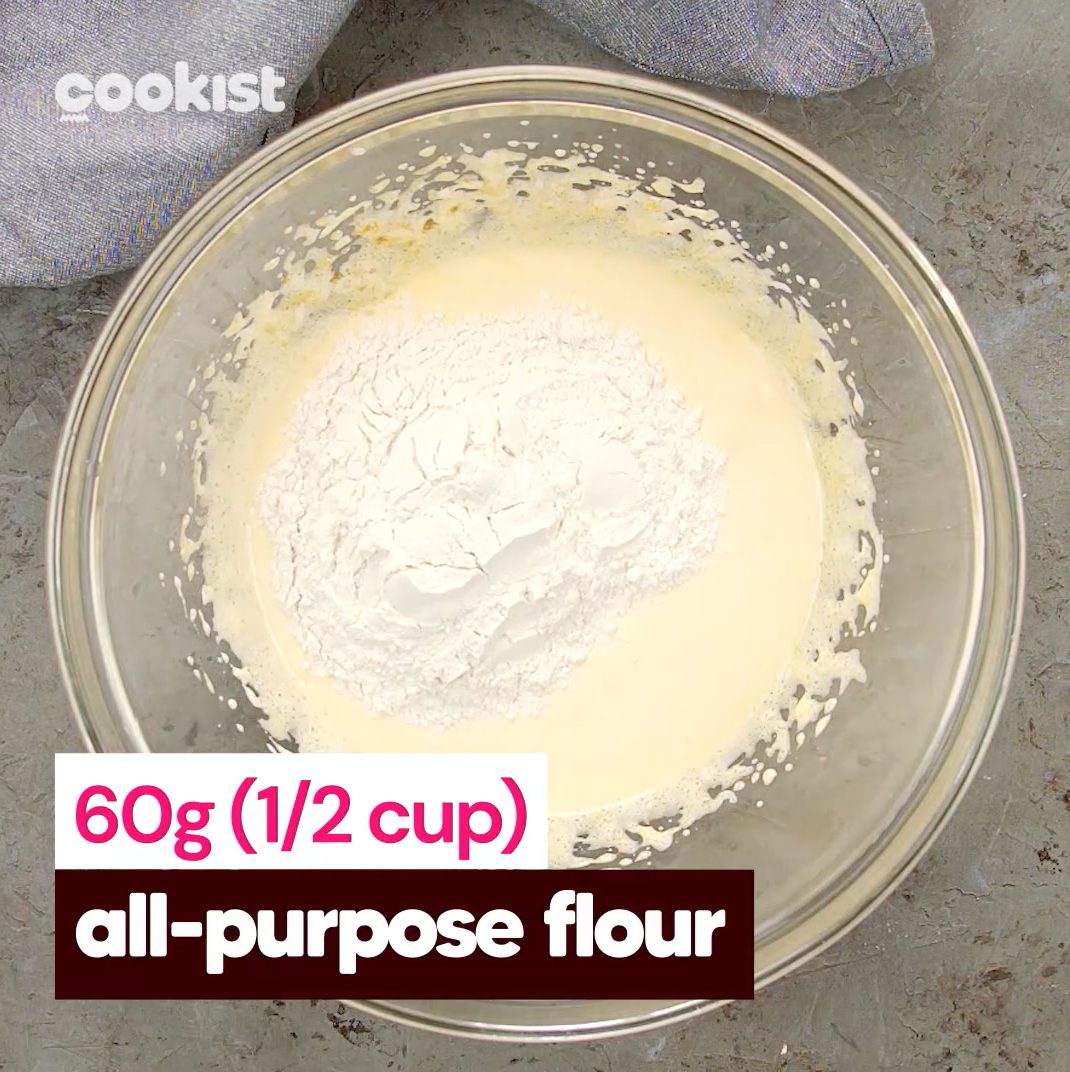;Resize,width=712;)
Add the flour and keep whisking to combine them together.
Add the flour and keep whisking to combine them together.
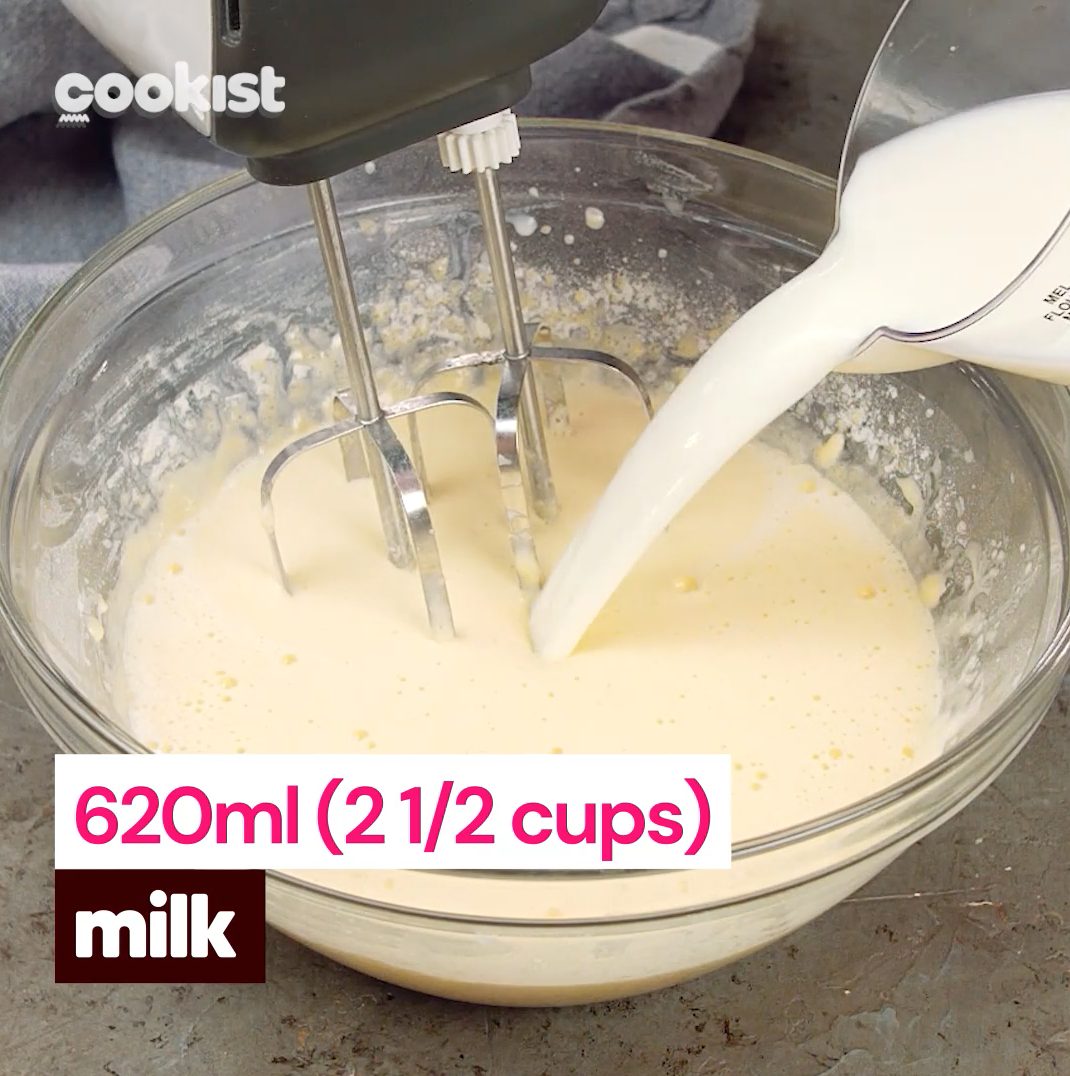;Resize,width=712;)
Pour in the hot milk, slowly, while you're still whisking.
Pour in the hot milk, slowly, while you're still whisking.
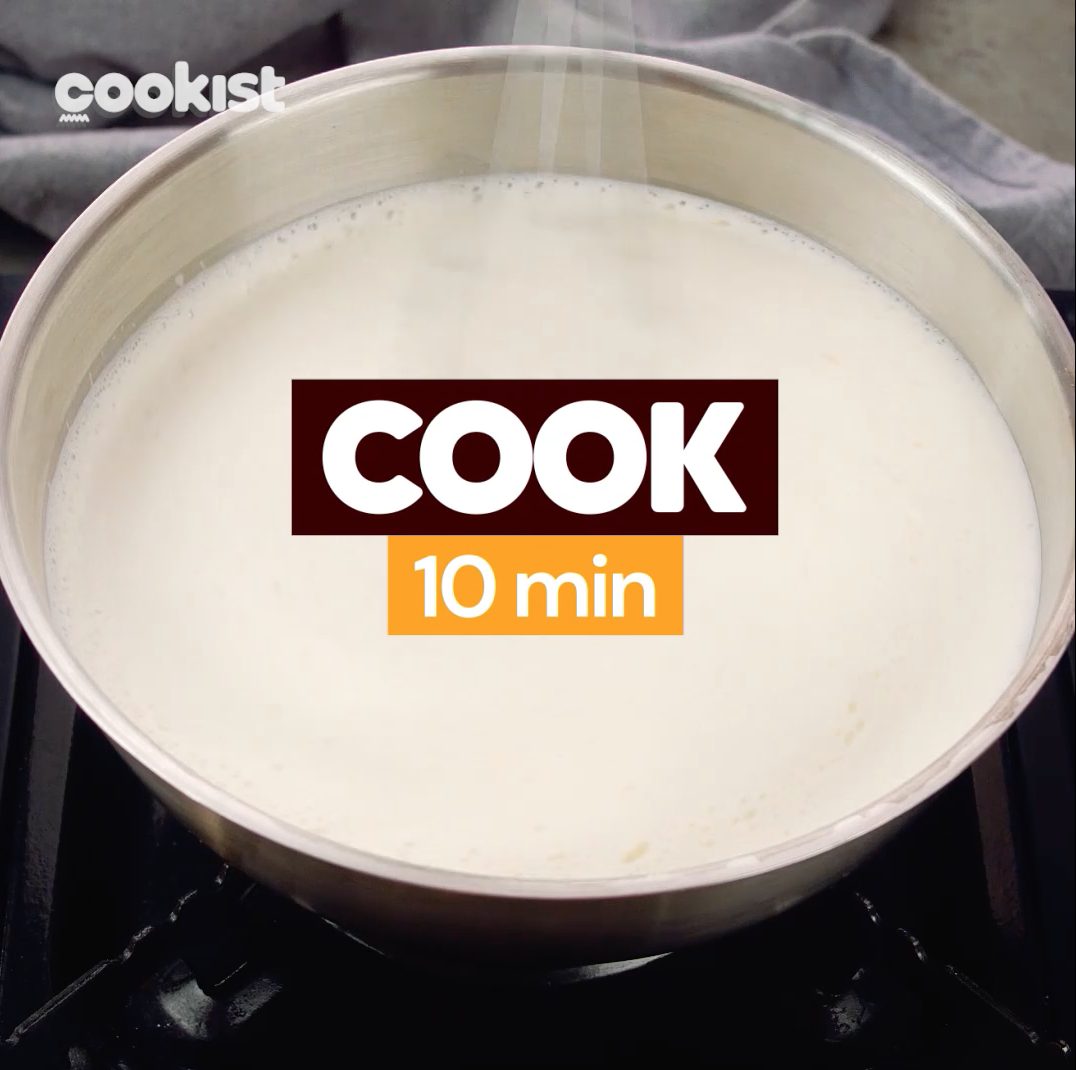;Resize,width=712;)
Transfer the pastry cream to a stove, over medium-low heat, and cook for around 10 minutes (or until the cream has thickened).
Transfer the pastry cream to a stove, over medium-low heat, and cook for around 10 minutes (or until the cream has thickened).
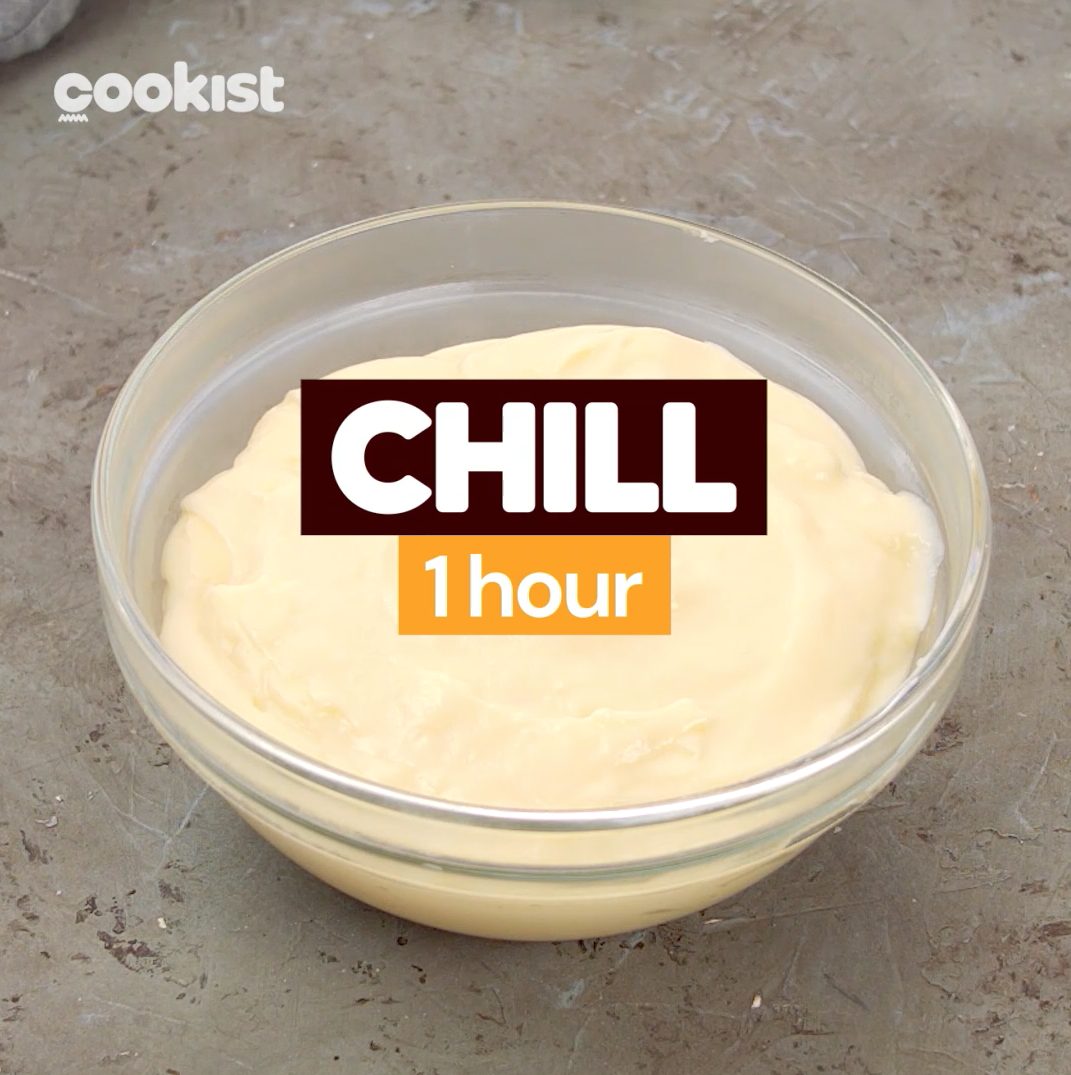;Resize,width=712;)
Let the cream cool to room temperature, then transfer it to the fridge for at least an hour, covering it with plastic cling.
Let the cream cool to room temperature, then transfer it to the fridge for at least an hour, covering it with plastic cling.
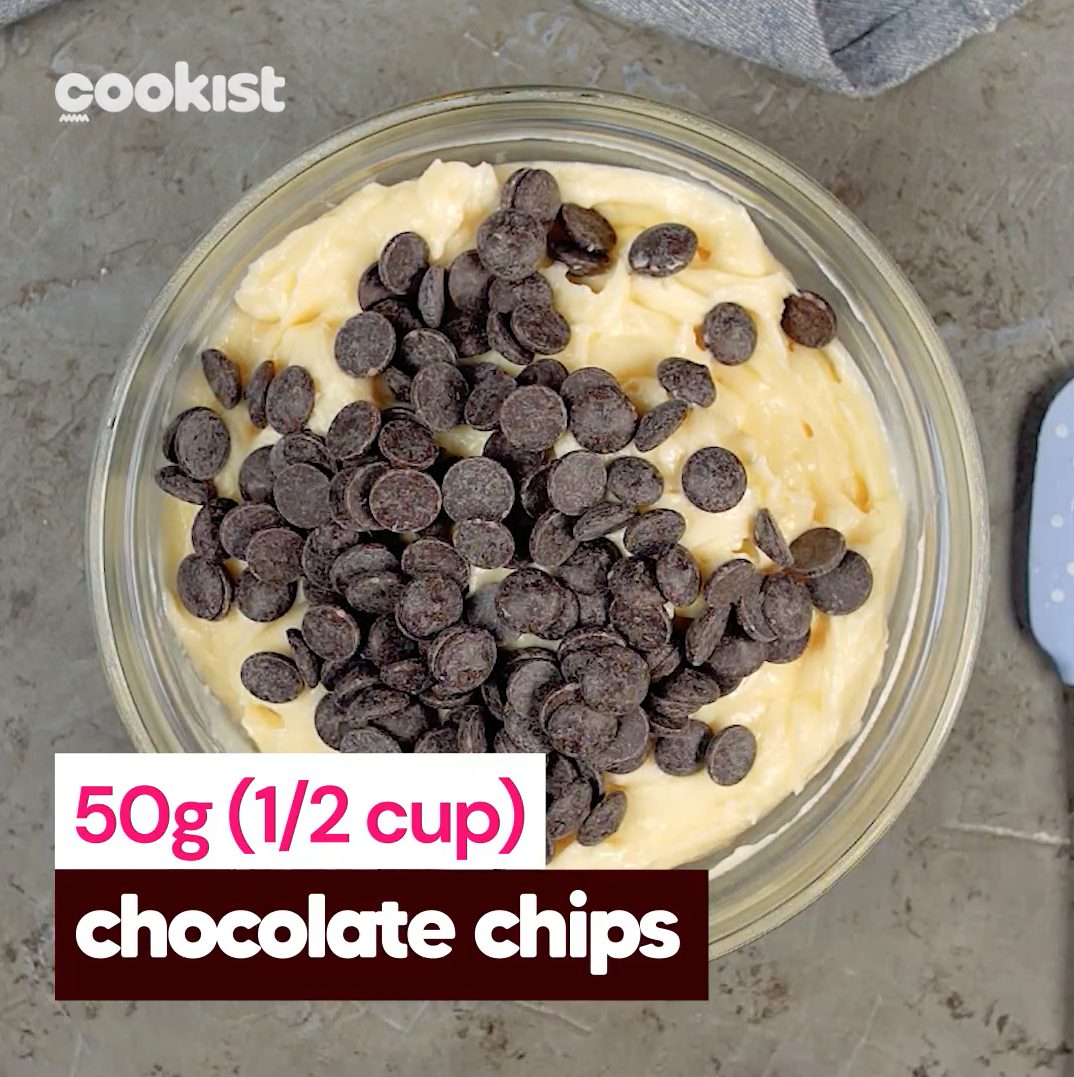;Resize,width=712;)
Once the cream has chilled, mix in the chocolate chips, using a spatula to incorporate them.
Once the cream has chilled, mix in the chocolate chips, using a spatula to incorporate them.
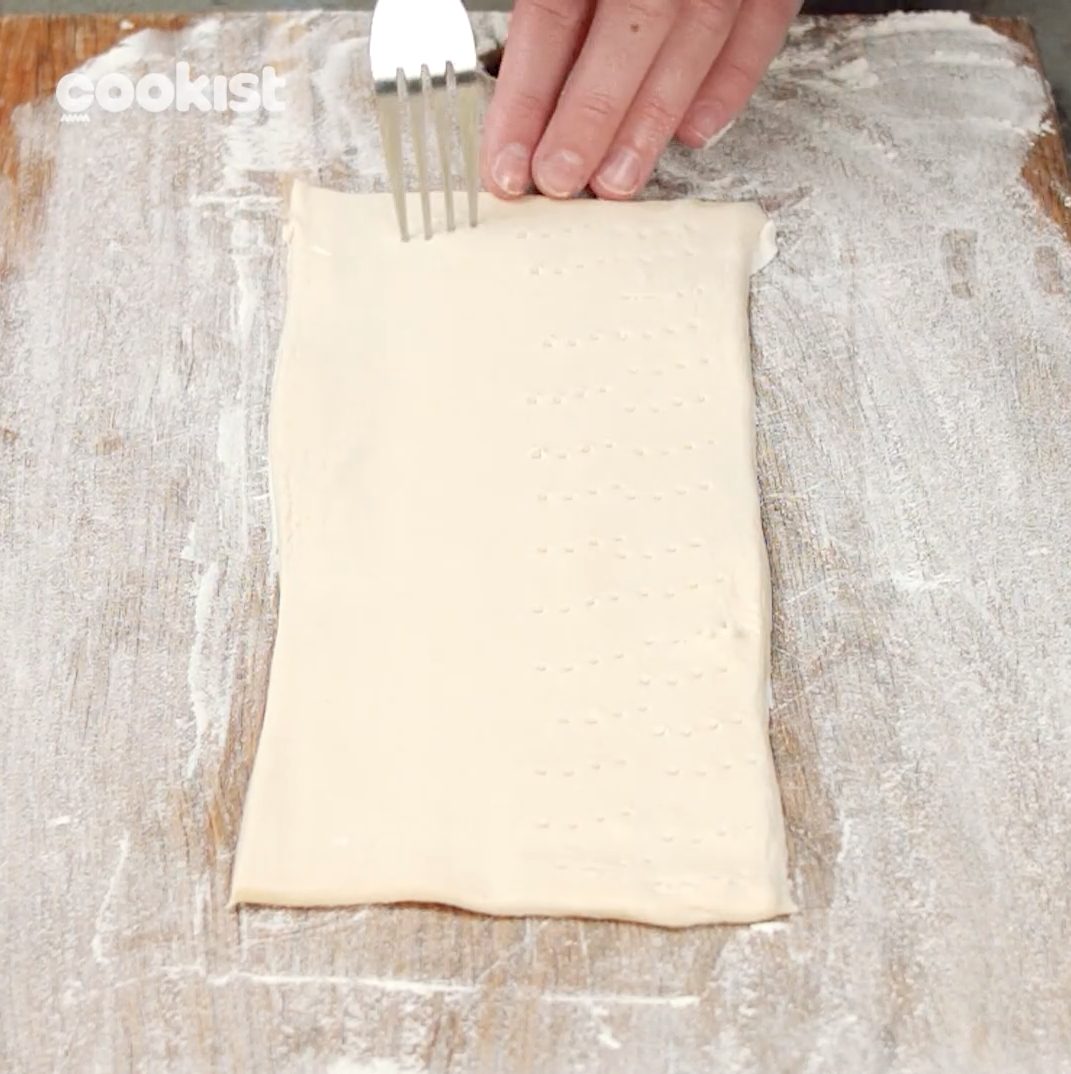;Resize,width=712;)
Roll out the 3 puff pastry sheets, slightly, then poke them with a fork tines all over.
Roll out the 3 puff pastry sheets, slightly, then poke them with a fork tines all over.
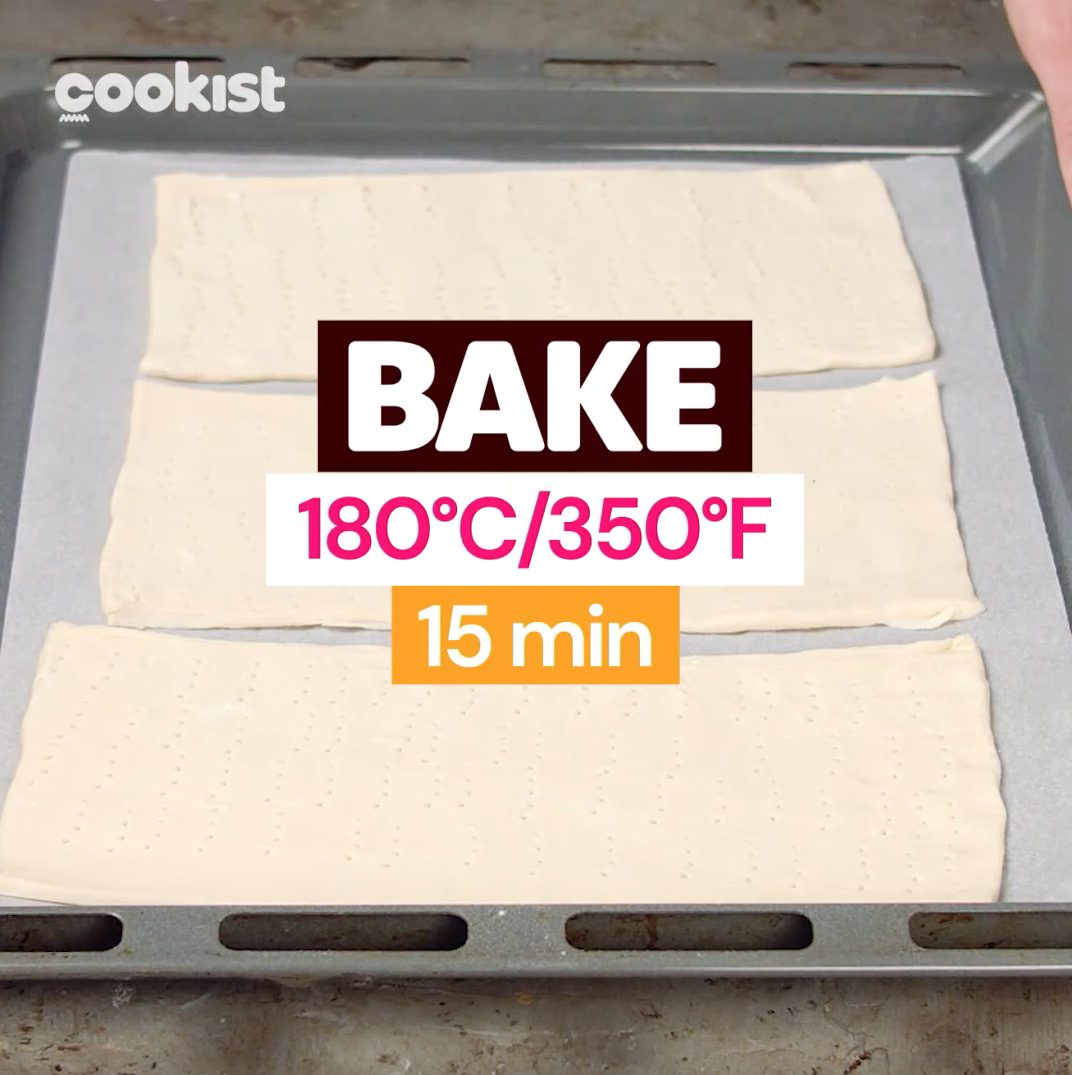;Resize,width=712;)
Bake them in a preheated oven - 350°F (or 180°C) - for 13 minutes.
Bake them in a preheated oven – 350°F (or 180°C) – for 13 minutes.
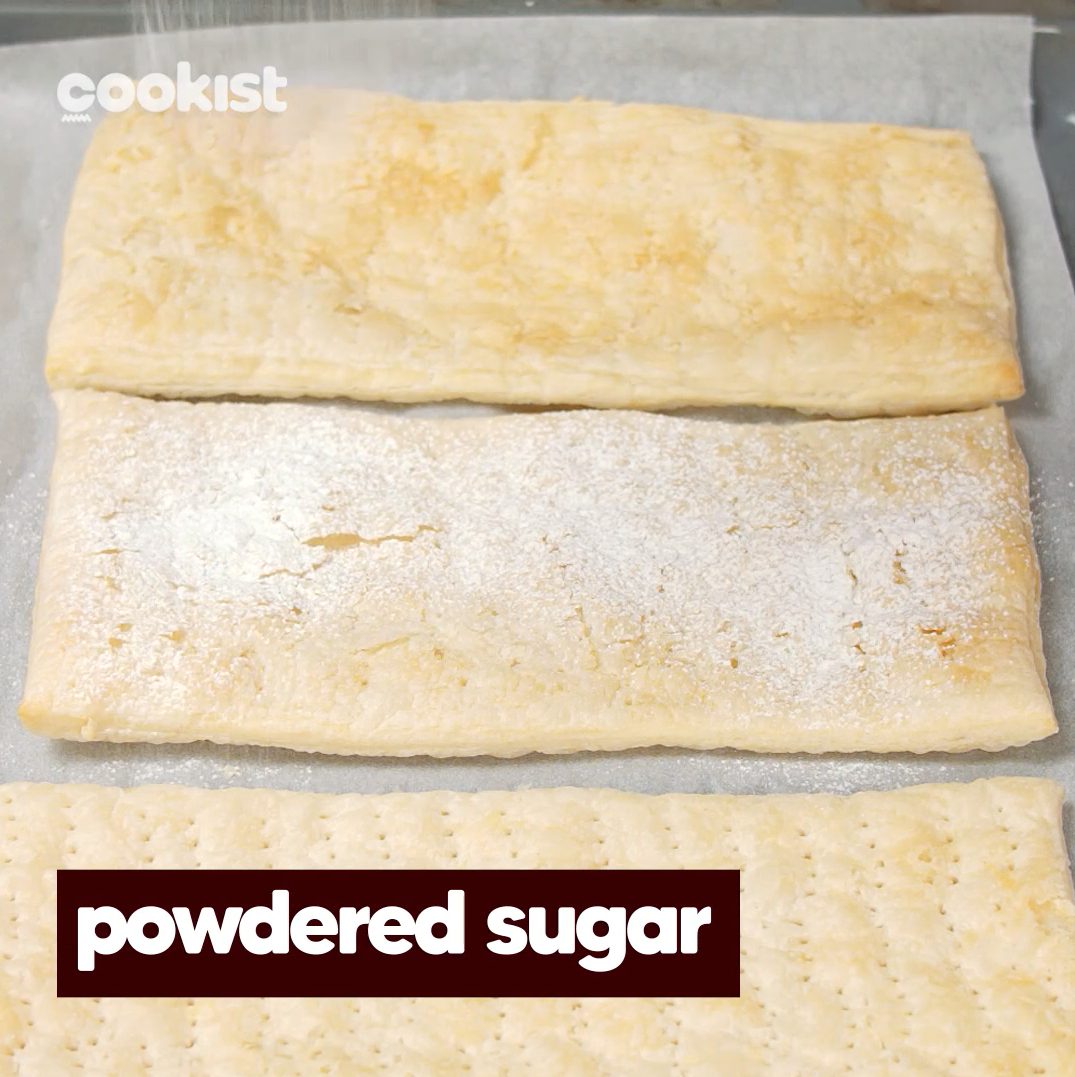;Resize,width=712;)
Once the 13 minutes are up, take the pastry sheets out, dust them with powdered sugar, then poke them with a fork again. Bake them again, for 5 minutes, then put aside and let them cool down.
Once the 13 minutes are up, take the pastry sheets out, dust them with powdered sugar, then poke them with a fork again. Bake them again, for 5 minutes, then put aside and let them cool down.
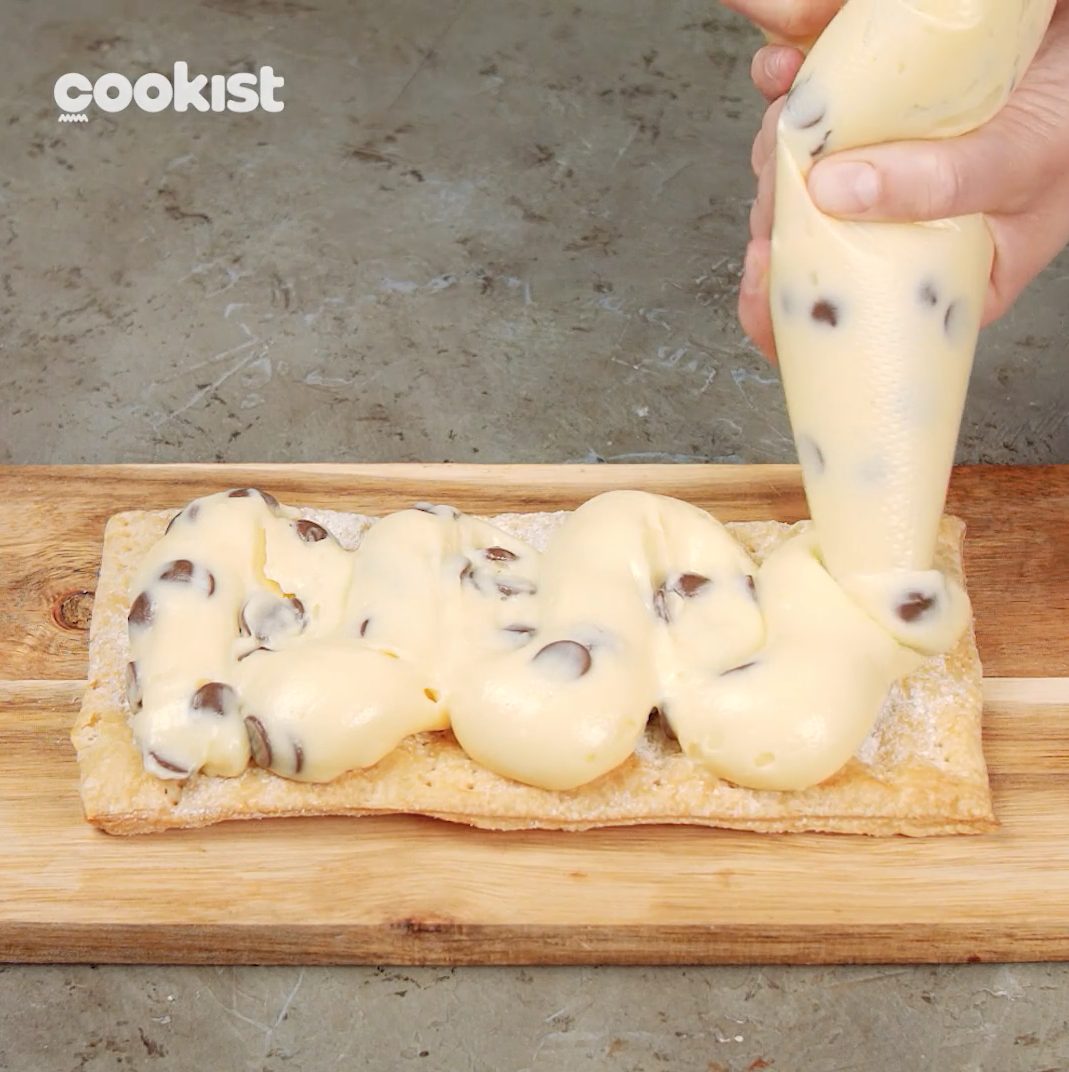;Resize,width=712;)
Once they have cooled down, start layering the puff pastry bases with the pastry cream, using a piping bag to spread the cream; repeat another time.
Once they have cooled down, start layering the puff pastry bases with the pastry cream, using a piping bag to spread the cream; repeat another time.
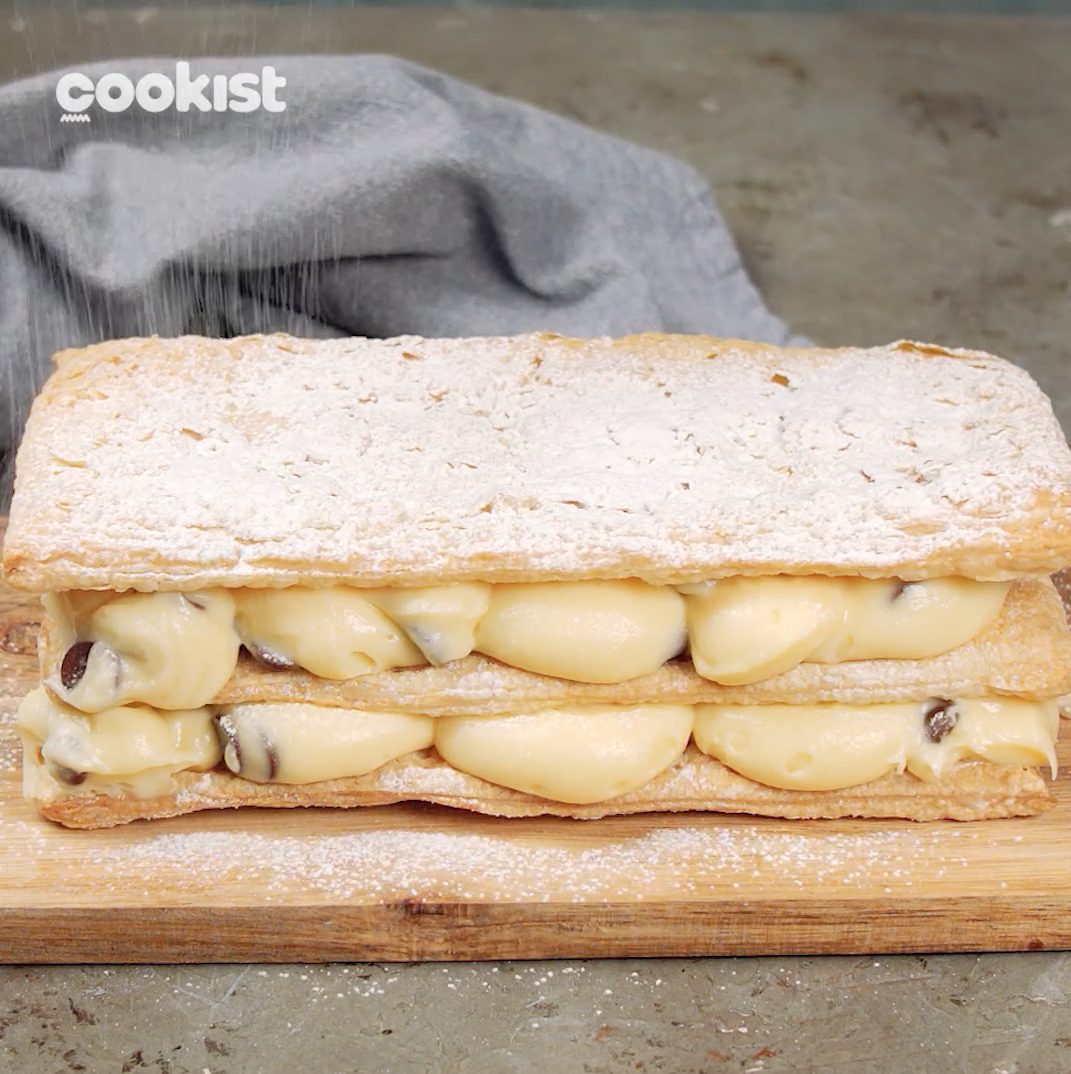;Resize,width=712;)
Dust the top layer with powdered sugar before bringing to the table. Enjoy!
Dust the top layer with powdered sugar before bringing to the table. Enjoy!
;Resize,width=767;)



